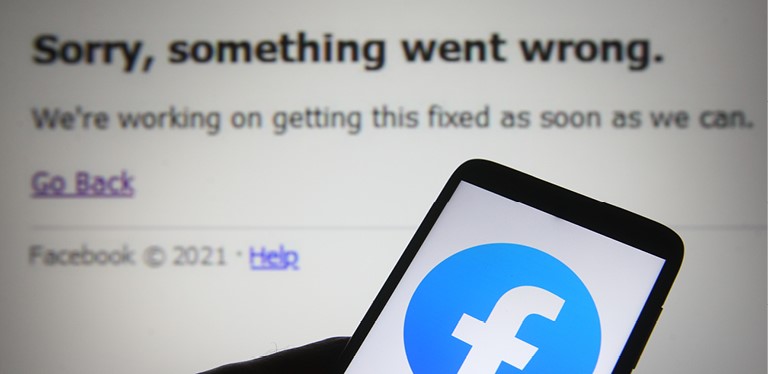
Leveraging Niche Trade Shows for Industry-Specific Growth

Leveraging Niche Trade Shows for Industry-Specific Growth

Adam Latham
The Cowbell Agency
In the post-COVID business landscape, B2B companies are increasingly turning to niche, industry-specific trade shows to target growth in specific sectors. Unlike larger, generalized expos, these focused events provide direct access to decision-makers, industry trends, and tailored networking opportunities.
These, more specialized shows, have hit record-level attendance, while more generalized and consumer shows continue to trail their pre-COVID peaks for attendance. But the biggest advantage is that it allows you to get exposure with less competition.
In other words, let’s say you make material handling equipment, and there are large shows specifically geared toward your industry, like MODEX, where you will try to swim among a sea of competitors. You could pay for space there to be where your competition is based on the theory that potential customers, looking for your time of product or service, will be there as well.
But, what if your products or services, although are considered to be in the material handling space, provide specific advantages to customers who work in the automotive or medical space. Why not go to their shows, with your messaging geared toward solving problems in those specific industries. Now, instead of being one of a thousand exhibitors, you are one of a few pitching your type of wares. These shows enable deeper engagement with buyers who are already in the market for solutions, reducing the noise and competition present in broader trade shows.
Positioning as Industry Experts
By exhibiting at industry-specific shows, companies position themselves not just as equipment manufacturers but as partners with in-depth knowledge of industry challenges. For instance, participating in an automotive-focused event can highlight how a company’s material handling lifts streamline assembly lines or optimize vehicle parts storage.
Expanding Market Reach
Find new opportunities by exploring adjacent industries. For example, a forklift manufacturer may uncover demand at a medical equipment logistics show, where hospitals and labs require efficient storage and transport solutions.
Networking and Strategic Partnerships
Niche trade shows often foster close-knit interactions, enabling exhibitors to forge partnerships with complementary businesses or even prospective clients.
Conclusion
The shift toward industry-specific and niche trade shows reflects a broader trend of personalization in B2B marketing and allows manufacturers and consultants to align their products and services with the specific needs of target sectors. This trade show strategy fosters growth and can cement your reputation as a versatile, industry-savvy solution provider.















